How to Make Bedsheets Last Longer – Buying and Care Tips
This website may earn commissions from purchases made through links in this post.
Replacing your bed linen frequently is costly and it’s bad for the environment. It pays to make your bedsheets last longer. Here’s how.
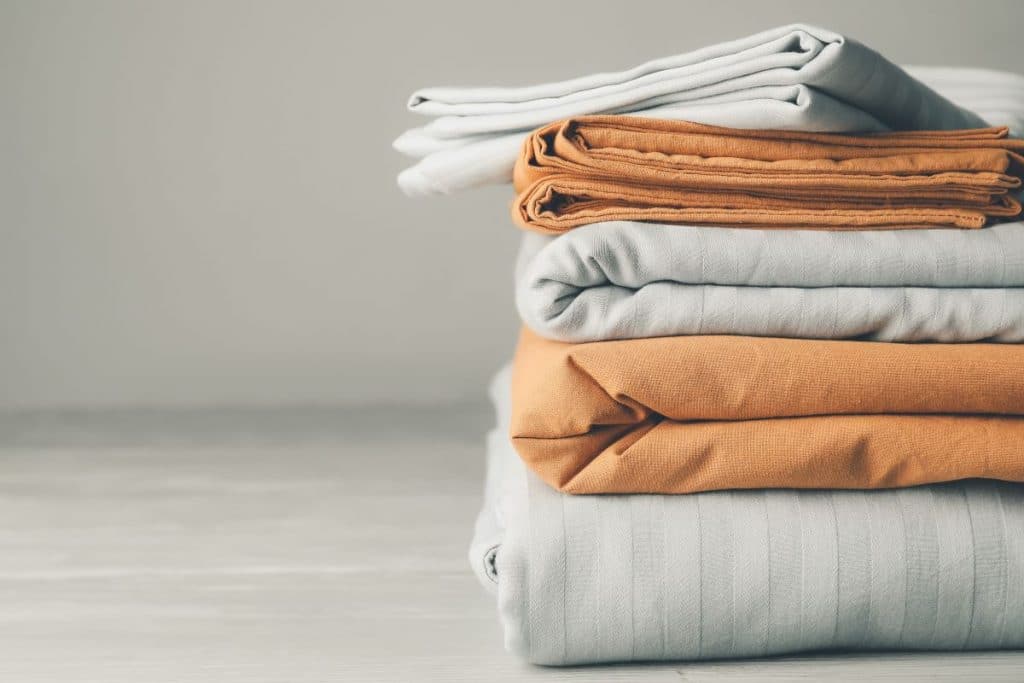
Frugality is all about making things last longer. Not only do you save money over time when you buy less, you reduce the amount of waste going into landfill.
Millions of tons of textiles end up in landfill each year and while the spotlight has been on fast fashion, homewares textiles like sheets and towels make up a large proportion of that waste as well.
So while some experts suggest replacing your sheets every couple of years (hey, that way they can sell more product), a frugal person knows to buy sheets that last as long as possible. That way you save money in the long run and keep textiles out of the landfill.
The three strategies for making your bedsheets last longer is to buy the best quality sheets you can afford, wash them gently, take precautions to prevent excess wear and tear and mend where possible.
We recently had to replace sheets that had worn thin to the point they ripped one night. I spent some time researching so I’m sharing some of the things I learned on how to buy good quality bedsheets that last longer. Some of the info below may surprise you – I know it surprised me! Hopefully, it will also empower you to buy better quality without wasting money.
At the end of the article, I also share tips on how to maximise your savings when buying sheets so you can buy quality and save money.
1. Buy the best quality sheets you can afford
While good quality sheets can be a bit pricey, they can last many years, saving you money in the long run.
Quality sheets are also more comfortable to sleep on. They tend to be softer and crisper and pill less than cheap sheet sets.
How do you determine good quality sheets?
There are four quality indicators to look for:
- the type of fibre
- thread count
- the quality of the cotton
- the type of weave used
I’ll go into more detail for each of these below.
Best fabric for bedsheets
There are many different fibre options for bedsheets: cotton, polyester-cotton blend, bamboo, linen, Tencel, flannel, silk and blends of these fibres.
100% Cotton sheets are the best option because they offer a good intersection between longevity, quality, comfort and price. They aren’t the cheapest option, but they aren’t as expensive as bamboo or linen either.
Because they are a natural fibre, cotton sheets can be composted, unlike anything with polyester, keeping them out of landfill altogether. 100% cotton sheets don’t pill like poly-cotton sheets do either.
The challenge with buying cotton sheets is that it can be hard to determine quality sheets from the poorer quality bedsheets. That’s where thread count, the type of cotton and the weave used to make the sheets all help determine quality.
What is the best thread count for longer-lasting sheets?
Thread count refers to the number of woven threads per inch.
Like many, I thought the more threads per inch, the better quality of bedsheet. That would make sense, right?
Not quite.
The reality is there are only so many threads you can physically fit into an inch and this number maxes out at around 400-500 threads per inch.
But what about all those sheets that say they have a 1000 thread count?
According to Choice, brands get away with stating this by weaving thinner strands together into multi-ply thread and then claiming there is double the thread count. Instead of using a single strand of cotton to weave the sheet, they use multi-ply yarn.
Multi-ply yarn isn’t as strong and your sheets won’t last as long. These sheets also tend to cost more so are not a good value for money.
So for durability and comfort, look for sheets with 400-500 thread count. If you sleep hot or live in a hot climate, 200-400 thread count will be a little more breathable and cooler.
Why thread length matters and how you can tell if sheets are good ones
Besides thread count, the other thing that affects the longevity of your sheets is the cotton’s fibre length. Longer fibres result in a finer, stronger thread and therefore longer-lasting sheets.
So how do you know if you’re getting sheets with long threads.
One thing to look for is 100% Egyptian cotton.
Egyptian cotton is famous for its quality because the variety used produces long threads for weaving. Unfortunately, this isn’t a failsafe way to determine quality because of false labelling, but it’s a start. One thing to check is whether the sheets are 100% Egyptian cotton and not blended with other kinds of cotton.
An alternative to Egyptian cotton is the American Pima cotton, which is almost as good as Egyptian cotton. This cotton is also grown in Australia and is sold under the brand of Supima®.
Some stores are making this easier by putting “long staple cotton” in the description.
Understanding the different weaves
On top of thread count and the quality of the cotton the weave also impacts the quality of your bedsheets and therefore how long they last.
The main weaves used in bedsheets include:
- percale
- sateen
- flannel
- jersey knit (technically not woven but knitted); and
- twill
although percale and sateen are by far the most popular of these weaves.
Percale weave is where the threads are woven one over one under. There are the same number of threads in the weft (horizontal threads) as there are in the warp (vertical threads).
This tight weave produces cool crisp sheets.
When it comes to durability, you can’t beat 100% cotton percale sheets with a thread count of between 200-500 which is why this is the choice of hospitals and hotels.
If you don’t want sheets that are too stiff and that are a bit cooler, then a lower thread count of around 250 makes this weave a bit softer and more breathable.
Sateen weave has more warp threads than weft threads and some threads are skipped in the weaving.
Sateen weave makes the sheets softer and silkier but less durable than percale. They are a great choice for comfort (they’re my favourite) but they won’t last as many years.
Because there are less threads woven per inch, a thread count of 400-600 works well.
Once you’ve worked out thread count, quality and weave and decided on what sheets you want to buy, there are things you can do to make them last longer once you start using them.
Three extra sheet-buying tips
It’s a good idea to buy from a reputable retailer. If the price is too good to be true it probably is. I made this mistake myself recently, thinking I had picked up an online bargain but I ended up with poor quality sheets that promised the world but didn’t deliver.
The second tip is to avoid fancy detailing because this can be a point of weakness. I’ve shared an example below. While it looks pretty, that’s where the sheets will wear first.
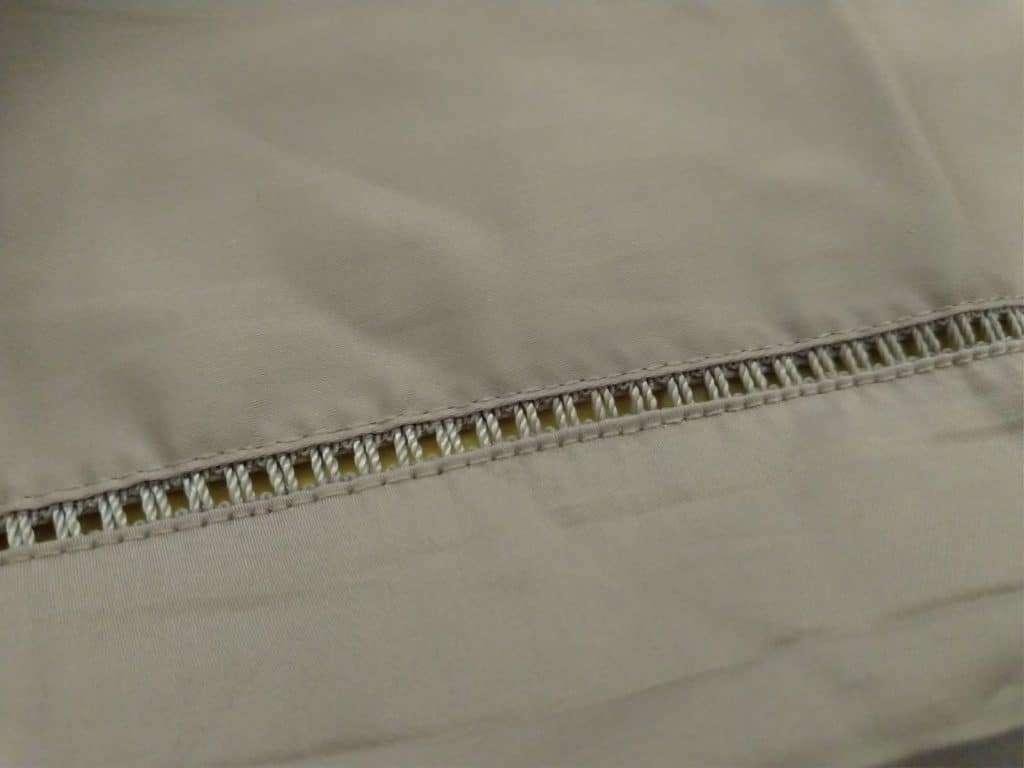
Finally, it’s also important to buy the right size sheet for your mattress height.
Modern mattresses are higher than older style mattresses and if you have a pillow-top, it can be higher still. This means you need to buy sheets – especially fitted sheets – that are big enough to fit the mattress properly.
Stretching smaller sheets over a higher mattress can add stress to the fibres making them more fragile and your sheets won’t last as long.
2. Wash your sheets so they last
How you wash and dry your sheets will affect how long they last.
Unless you have a sick family member and you want to sanitize sheets in hot water, cold or warm water is the best temperature for washing sheets if you want them to last longer.
Sheets washed in cold water are less likely to shrink and fade and fibres washed in high temperatures are more susceptible to breakage, which will reduce the life of your sheets.
The same goes for drying sheets. Line drying is best because tumble drying in high drying temperatures and over-drying can weaken the fabric. If you have to tumble dry your sheets, dry them on a low setting and take them out as soon as they are dry.
Avoid bleaching your sheets as it can break down the fabric. So too can brighteners and regular washing detergents, which can be full of harsh detergents. Fabric softener will coat the fibres in your sheets making them less breathable.
So what do you wash your sheets in?
Instead of chemical options, pre-treat stains with laundry soap before washing and use an eco-friendly detergent or a homemade detergent as they have less harsh chemicals. It’s a good idea to use less detergent too because the more dilute it is, the less wear on the fabric.
All of these things: washing in cold, using a small amount of eco-detergent, avoid chemicals, line drying instead of tumble drying will not only make your sheets last longer, but these strategies will also reduce the cost per wash and they are better for then environment.
So it’s a win all round.
3. Look after your sheets to prevent excess wear and tear
There are a few things you can do to reduce the wear and tear on your sheets and make them last longer.
The first is to spend less time in bed and I don’t mean spend less time sleeping. I am guilty of spending too much time sitting in bed. It’s my comfy place to drink a cup of tea or read a book or watch Netflix. The extra friction from spending too much time in bed can wear your sheets out quicker.
Another way to increase the longevity of your bed linen is to regularly cut your toenails and moisturise heels. Sharp toenails can snag in sheets, tearing them.
A third strategy is to rotate your fitted sheet. By rotate I don’t just mean having two sets to cycle through (although this is useful if you line dry your sheets).
Using the manufacturer’s tag as a guide, put the tag in the bottom corner of the bed one week and then the top corner of the bed the next time you wash your sheets. This evens out the wear on the bottom sheet so it wears more uniformly and lasts longer.
Finally, a stitch in time saves nine so mend small tears as soon as they appear. Sew up small holes or patch worn areas with a lightweight patch to help your sheets last that little bit extra (here’s a video that shows how to do it).
I’ve patched sheets before with iron-on patches, but they tend to be a bit too stiff. A lightweight fabric on the reverse side of the sheet works well.
Frugality is not about being cheap in the moment, it’s about saving money in the long run. By getting good quality sheets and making them last as long as possible, you’re not only saving money, you are reducing waste and conserving the earth’s resources as well.
But that doesn’t mean you have to pay top dollar for your sheets either! Avoid over-paying on bogus thread counts and then use these tips to save money when buying sheets.

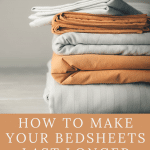
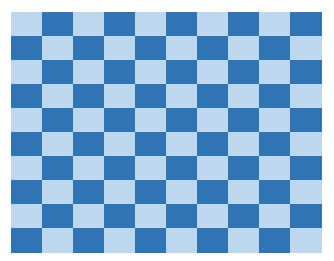

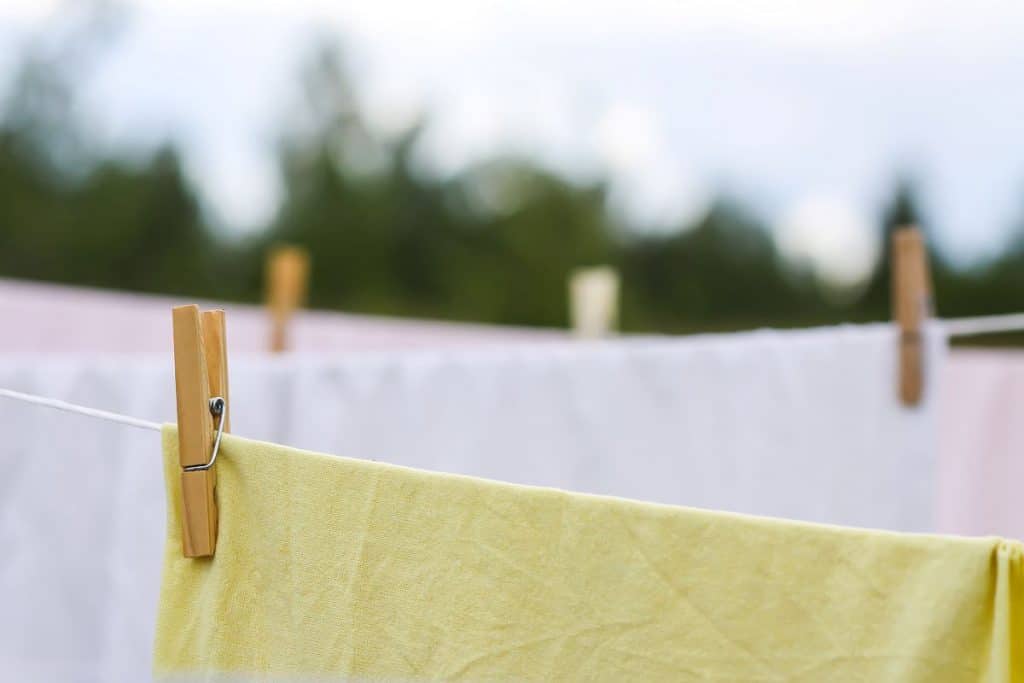


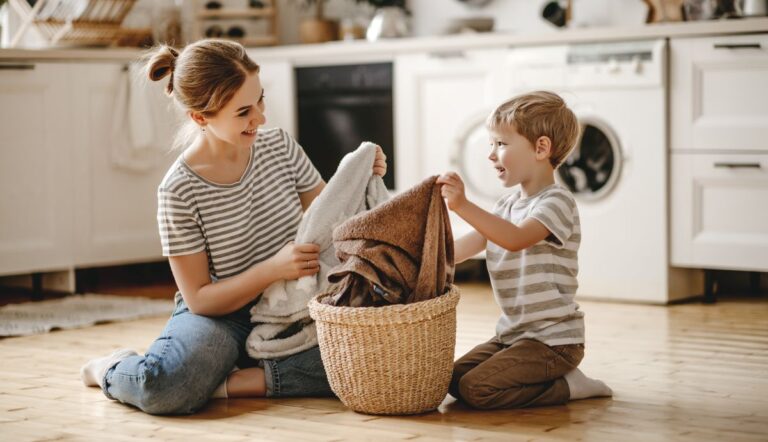
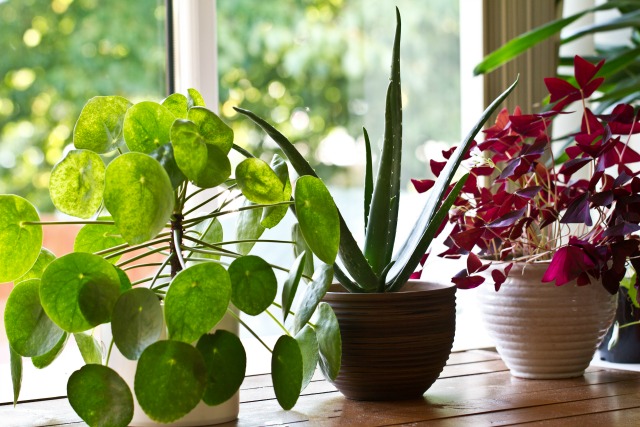

The timing of this article is perfect Melissa. We have woken up on xmas morning to a tear on my husband’s side of the bed! They are cheap sheets I bought from either kmart or target. I did however finally splurge on a new sheet set from abode living a few months ago. They are Australian made and of very good quality. Hopefully I can snag another set in the boxing day sales tomorrow! Merry xmas.
Hope you find a good set on sale!